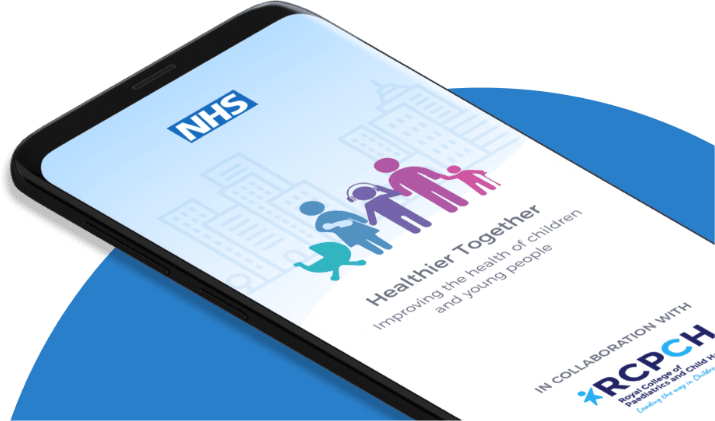Children all develop toileting skills at varied times. It is important to remember that once your child can sit, they are ready to be introduced to toileting. Toileting is a learned skill, similar to getting dressed, undressed, feeding themselves and brushing their teeth. Many children will follow simple instructions best when supported with a visual cue or simple verbal instructions.
Social story or story books
Social stories can help increase understanding of the toileting process and help to build upon understanding of what will happen next. There are many social stories which can be purchased and individualised to the child and also many character story books are available.





